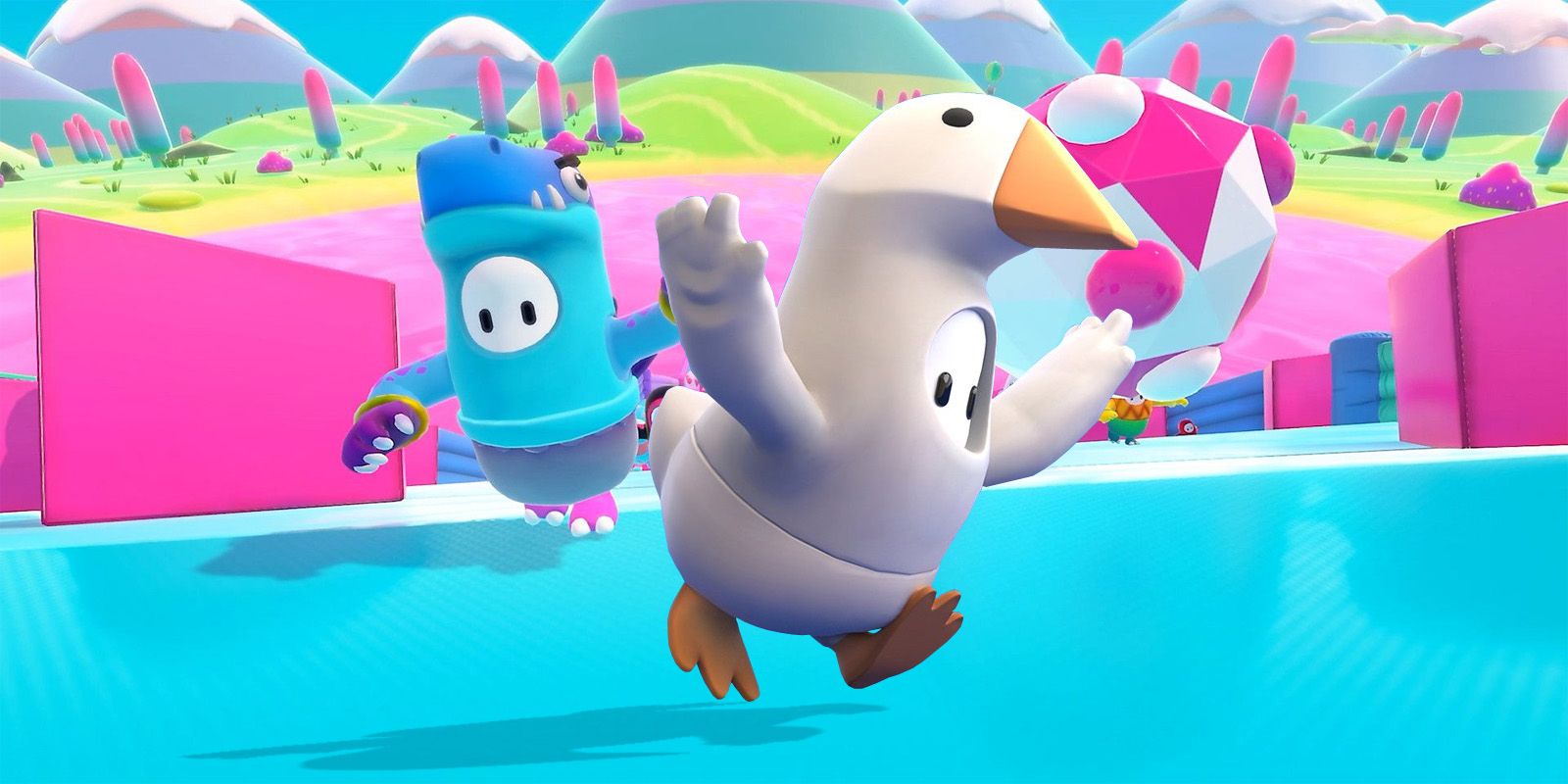
Lichenologists all thought that the fungi in the partnership belonged to a group called the ascomycetes-so Spribille had searched only for ascomycete genes. Then he realized that he was searching too narrowly. To find out, Spribille analyzed which genes the two lichens were activating. But recent studies had suggested that they’re actually the same fungus, partnered with the same alga. They clearly look different, and had been classified as separate species for almost a century. One is yellow because it makes a strong poison called vulpinic acid the other lacks this toxin and is dark brown. The duo started studying two local lichens that are common in local forests and hang from branches like unruly wigs. He joined the lab of symbiosis specialist John McCutcheon, who persuaded him to supplement his formidable natural-history skills with some know-how in modern genetics. The path to this discovery began in 2011, when Spribille, now armed with a doctorate, returned to Montana. “The idea that there’s something so fundamental that people have been missing is stunning.” “There’s been over 140 years of microscopy,” says Spribille. All this time, a second type of fungus has been hiding in plain view. He has shown that the largest and most species-rich group of lichens are not alliances between two organisms, as every scientist since Schwendener has claimed. It was as if something was missing-and Spribille might have discovered it.

Whenever they artificially united the fungus and the alga, the two partners would never fully recreate their natural structures. In the 150 years since Schwendener, biologists have tried in vain to grow lichens in laboratories. And symbiosis, in turn, began with lichens. When we think about the microbes that influence the health of humans and other animals, the algae that provide coral reefs with energy, the mitochondria that power our cells, the gut bacteria that allow cows to digest their food, or the probiotic products that line supermarket shelves-all of that can be traced to the birth of the symbiosis as a concept. Two Germans, Albert Frank and Anton de Bary, provided the perfect one- symbiosis, from the Greek for “together” and “living.” This kind of mutually beneficial relationship was unheard-of, and required a new word. The alga uses sunlight to make nutrients for the fungus, while the fungus provides minerals, water, and shelter. Schwendener wrongly thought that the fungus had “enslaved” the alga, but others showed that the two cooperate. The backlash only collapsed when Schwendener and others, with good microscopes and careful hands, managed to tease the two partners apart.


This “dual hypothesis” was met with indignation: It went against the impetus to put living things in clear and discrete buckets. But in 1868, a Swiss botanist named Simon Schwendener revealed that they’re composite organisms, consisting of fungi that live in partnership with microscopic algae. In the 1860s, scientists thought that they were plants. Lichens have an important place in biology. They grow in the most inhospitable parts of the planet, where no plant or animal can survive. They can look like flecks of peeling paint, or coralline branches, or dustings of powder, or lettuce-like fronds, or wriggling worms, or cups that a pixie might drink from. On closer inspection, they are astonishingly beautiful. At first glance, they look messy and undeserving of attention. They grow on logs, cling to bark, smother stones. You’ve seen lichens before, but unlike Spribille, you may have ignored them. Throughout his undergraduate and postgraduate work, Spribille became an expert on the organisms that had grabbed his attention during his time in the Montana forests-lichens. “They said that under exceptional circumstances, they could enroll a few people every year without transcripts,” Spribille says. His missing qualifications were still a problem, but one that the University of Göttingen decided to overlook.

Thanks to his family background, he could speak German, and he had heard that many universities there charged no tuition fees. His meager savings and nonexistent grades meant that no American university would take him, so Spribille looked to Europe. Within a few years, he had earned enough to leave home. He longed to break away from his roots and get a proper education.Īt 19, he got a job at a local forestry service. He was raised in a Montana trailer park, and homeschooled by what he now describes as a “fundamentalist cult.” At a young age, he fell in love with science, but had no way of feeding that love. Back then, his life seemed constrained to a very different path. In 1995, if you had told Toby Spribille that he’d eventually overthrow a scientific idea that’s been the stuff of textbooks for 150 years, he would have laughed at you.


 0 kommentar(er)
0 kommentar(er)
